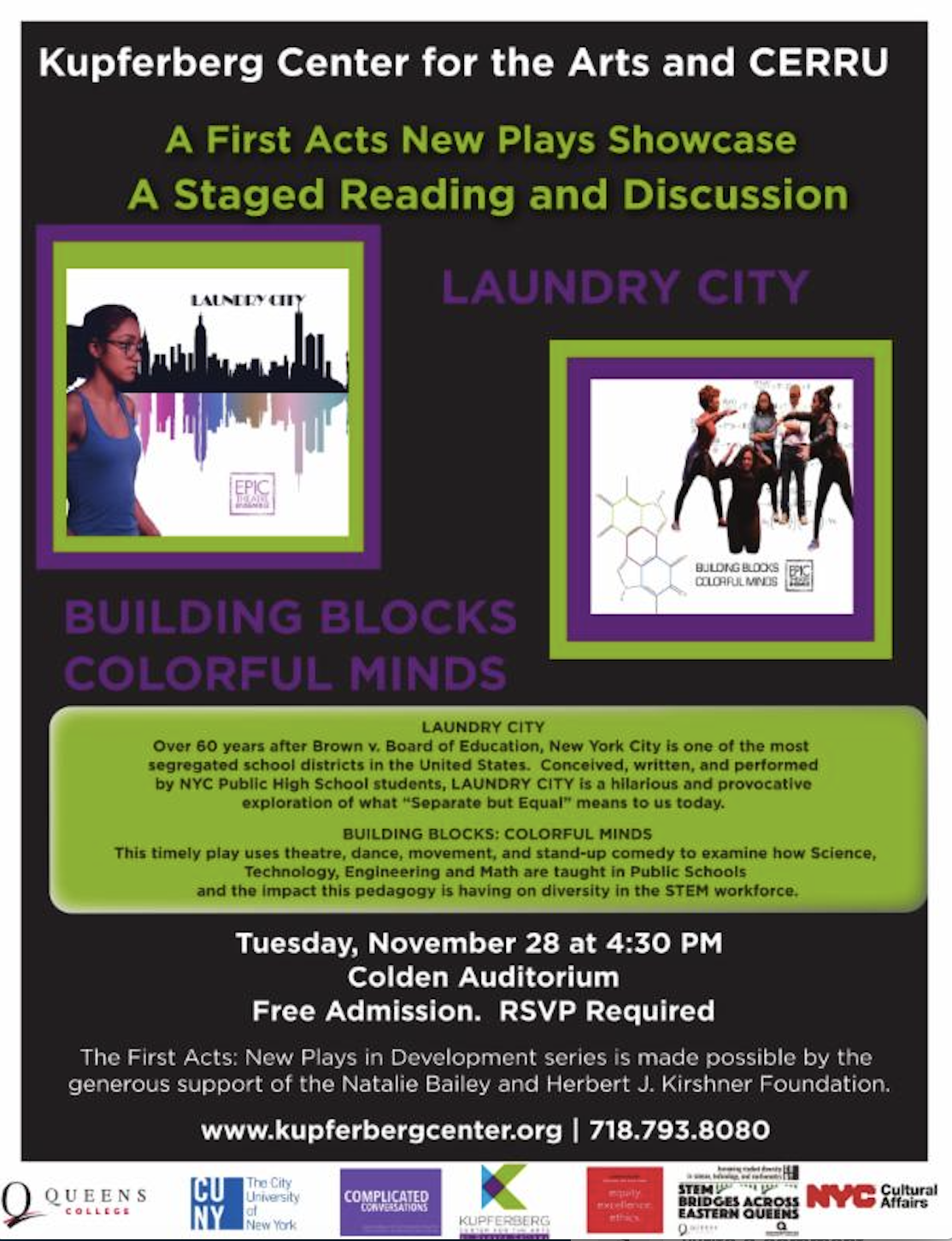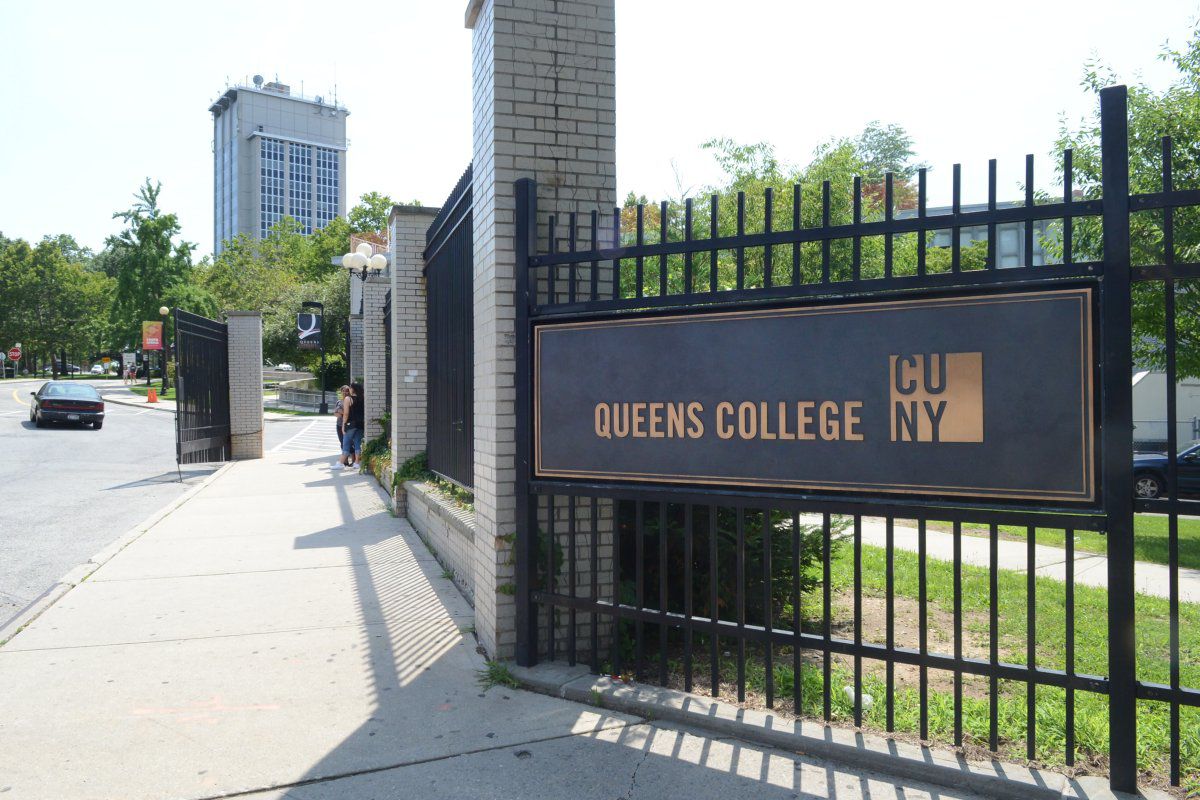“Wow Elaine, you’re allowed to sit at the big kid table with all the boys!?” was a part of the opening dialogue of Building Blocks: Colorful Mind which took place inside Colden Auditorium at Queens College. Written and acted out by several high school students from Brooklyn, Bronx and Manhattan public schools, the short play aimed to tackle the question of how STEM (Science, Technology, Engineering, and Math) is taught and what impact it has on the diversity within the field.
By interviewing around 36 people who work in various STEM related jobs, we are given insight not only into the mentality within the field but also the feelings of exclusion and inadequacy that plague minorities within the field.
The play starts off by quoting facts that were considered to be true about women. Citing the emotionality and inability to handle stress, or think with a clear mind that was attributed to women in the past while simultaneously shutting each past fact down. It then continued with each student shared a past memory of math/science teachers who had come and gone, each less fit to teach then the last. Having these unfit teachers in a field which is supposed to inspire kids to join the STEM field, actually pushes them away from it because they’re not being adequately taught. The play also makes a mention of the “broey” nature of the STEM field and how it’s dominated by white males.
The play moves on with the introduction of a Mrs. Davis, a female teacher into the school that the kids were mentioning. She actually breaks through to the students by combining STEM with the arts and actually caring for the students, yet the principal, not believing the arts to be a suitable teaching methods for teaching STEM, pulls the plug. It’s not until the mayor of New York lauds the school for the rise in test scores that the principal takes credit for all of the work that Mrs. Davis had put in.
It’s here where we see Mrs. Davis have a monologue about how broken and devastated she feels, to be putting in all of the work while receiving none of the credit. The feeling of attempting to care about the students and not the test scores, the need to want to actually teach kids and not simply instill in them the idea of wanting an A. She breaks down until a student approaches her and thanks her, not only for actually caring about the students but for showing them that a person who looks like them can succeed within the field.
The idea is that representation matters, and giving the students teachers who look like them and actually care about teaching instead of simply collecting a paycheck makes a huge difference. Yet they point out that this cannot happen until a rewiring of the system is done, weeding out unfit teachers and providing enough pay to make sure that the good teachers actually want to stick around. By incentivising the job field and making it more competitive, it’ll allow for the cream to rise to the top. After the show was done the students had a Q&A with the audiences where they had teachers, students and even President Matos in the stands. The students shared the experiences that helped them write the play and pointed out that some conversations are hard to have because they make people uncomfortable, but those are the conversations that need to be had.














